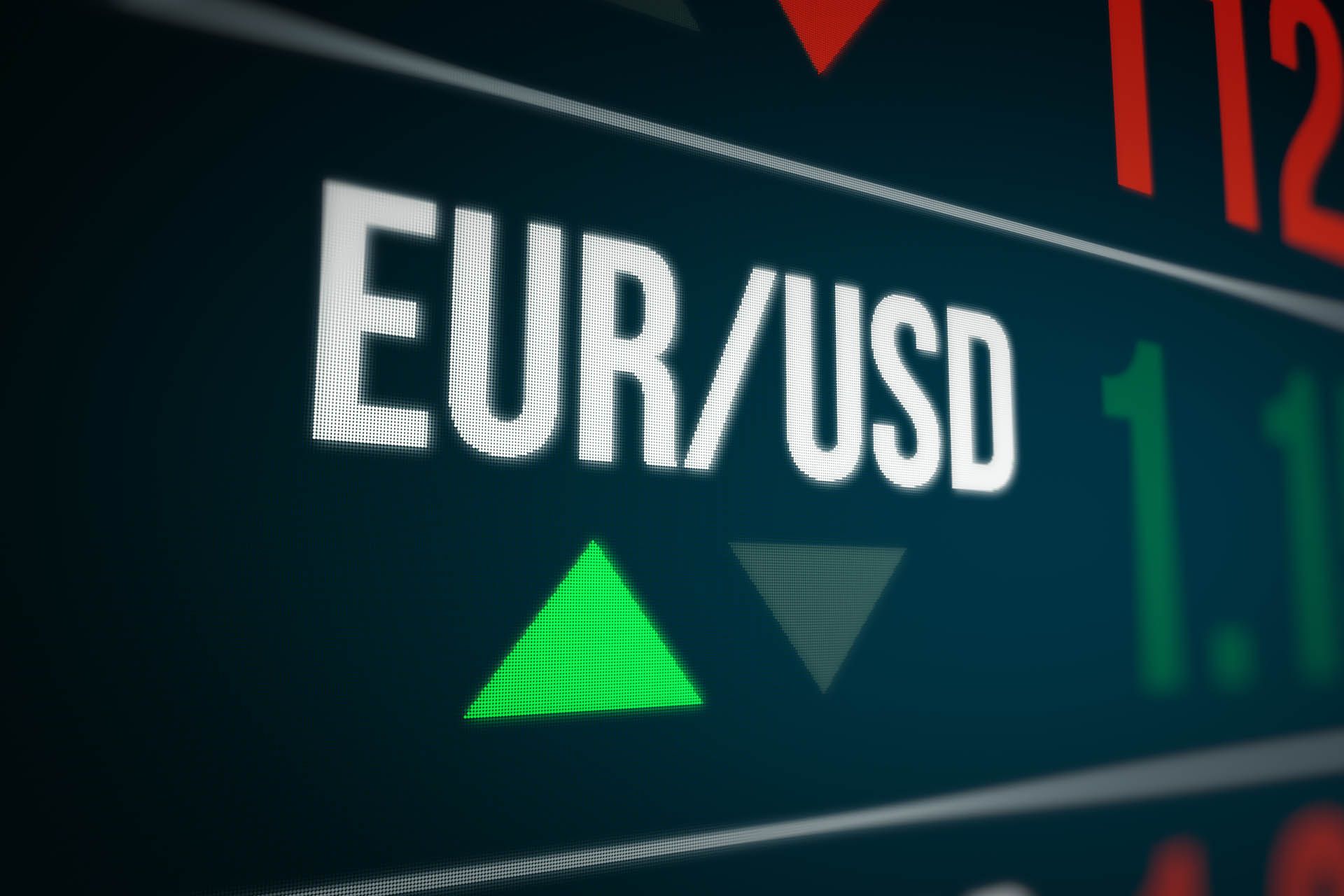Euro-Dollar Rate Risks Break of "Pivotal" 1.16 Mark
- Written by: Gary Howes
-

Image © Adobe Images
- EUR/USD reference rates at publication:
- Spot: 1.1580
- Bank transfers (indicative guide): 1.1175-1.1256
- Money transfer specialist rates (indicative): 1.1478-1.1522
- More information on securing specialist rates, here
- Set up an exchange rate alert, here
The Euro-to-Dollar exchange rate (EUR/USD) is testing the 1.16 area and a break below here could make a significant moment for the pair according to analysts we follow.
"While month-end rebalancing may be amplifying price action, EURUSD's slide has put the crucial level of 1.16 into focus," says a note from the foreign exchange strategy team at TD Securities.
EUR/USD was as high as 1.19 on September 03 but has steadily slipped, with a sizeable 0.75% decline on September 29 taking it back to the psychologically and technically significant 1.16 level.
"This marks neckline support of a soft-form H&S established from the summer 2020 melt-up," says TD Securities.
Above: A rough guide to the EUR/USD 'head and shoulders' pattern.
Secure a retail exchange rate that is between 3-5% stronger than offered by leading banks, learn more.
The fundamental driving force behind the Dollar's advance is the shift in the Federal Reserve's stance on ending its ultra-easy monetary policy programme.
The Fed's September policy meeting revealed it would look to be done with quantitative easing by as early as mid-2022 and markets anticipate a rate rise soon after, with up to three hikes following in 2023.
"What was unexpected was how forthcoming Powell was in his view that the tapering process should end by mid-2022. That set markets up for a far more aggressive tapering profile relative to the last one in 2014," says Bipan Rai, North America Head of FX Strategy at CIBC Capital Markets.
The Fed is look set to deliver a more aggressive tightening path than the European Central Bank (ECB), where markets see rates potentially only rising in 2024.
Markets tend to bid those currencies belonging to central banks that raise interest rates and cut quantitative easing, as this pushes up relative interest rates. Foreign investor capital tends to flow towards regions of higher returns, which in this context sees the Dollar funded by Euros.
"With real rates having adjusted higher since the Fed meeting and a clear calendar limitation for the ECB on policy sequencing due to its Strategy Review, a move below 1.16 looks to be rather pivotal for momentum players," says TD Securities.
Société Générale says the Euro-Dollar rate will likely fall into a range below 1.16 as the world is only too happy to buy U.S. debt on the prospect that it offers an improving rate of return, courtesy of the Fed's policy to end quantitive easing.
"The prospect of the ECB keeping rates below zero while the Fed hikes should keep EUR/USD in the post-2014 range, with a centre of gravity around 1.12-1.16," says Société Générale analyst Kit Juckes.
{wbamp-hide start}
{wbamp-hide end}{wbamp-show start}{wbamp-show end}
"The euro will continue to look undervalued on purchasing power parity and relative to long-term history, while the dollar will remain ‘expensive’. This would change if the eurozone were to embrace more expansive fiscal policies, but that isn’t imminent," says Juckes.
Also helping the Dollar of late is the ongoing nervousness amongst global investors faced with an evolving energy crisis, global supply chain disruptions and fading economic growth.
The Dollar's 'safe haven' credentials means it tends to benefit when investors liquidate exposure to 'higher risk' assets.
How long the current risk-off environment lasts could therefore determine how sticky the Euro-Dollar rate is at 1.16.
"The dollar has also risen because investors have turned more risk averse in the wake of stock market weakness," says Georgette Boele, Senior FX Strategist at ABN AMRO.
"What is unusual about the current situation is that investors buy the dollar because of higher yields, but also because of its safe haven status, while there will likely be a few weeks of legislative drama on Capitol Hill," she adds.
Boele explains that typically she would expect investors buy the dollar because of higher yields or because of safe haven effects, but not for both reasons at the same time.
"What this tells us is that no matter what, investors are willing to have dollars, so the momentum is strong. Indeed EUR/USD dropped below 1.16," says Boele.






